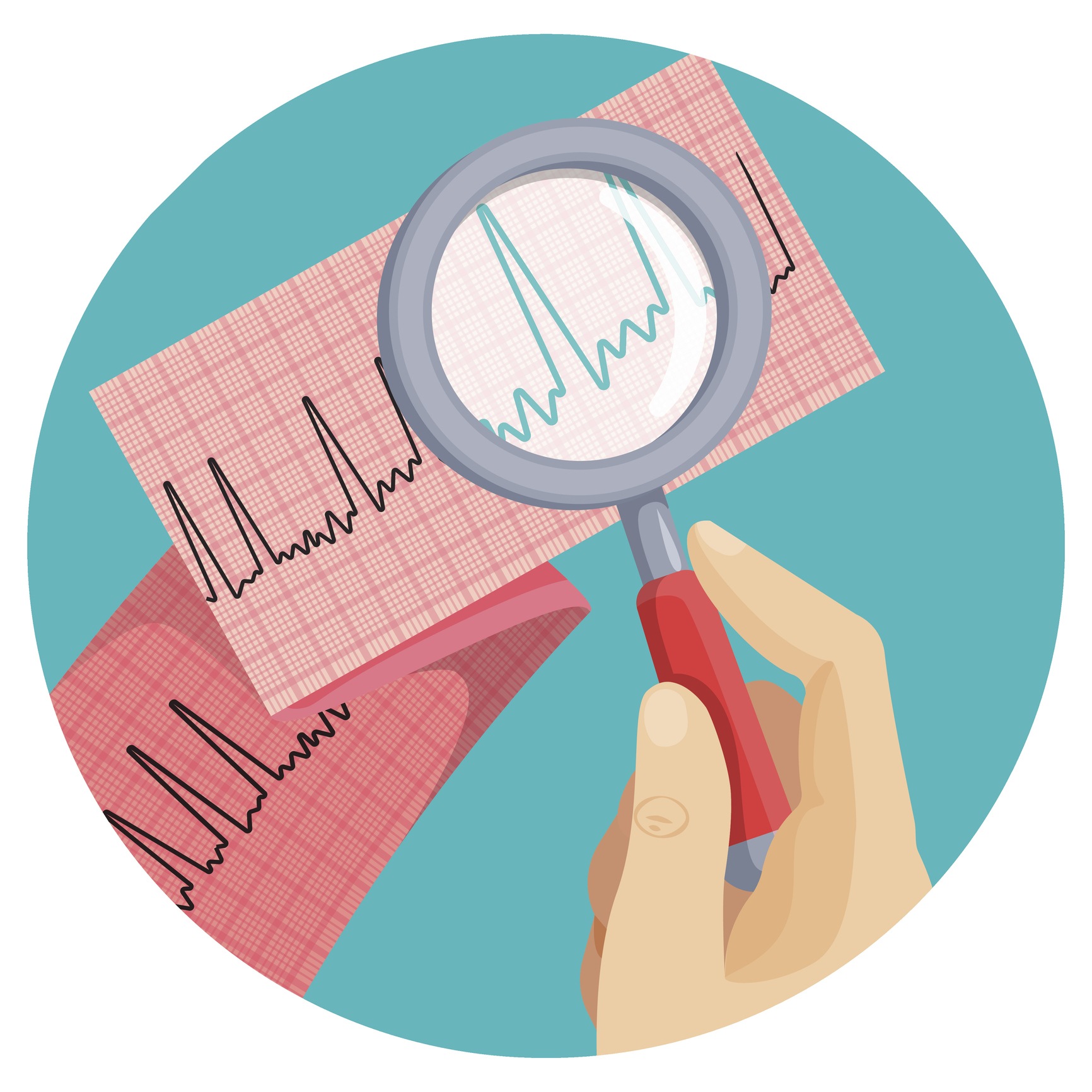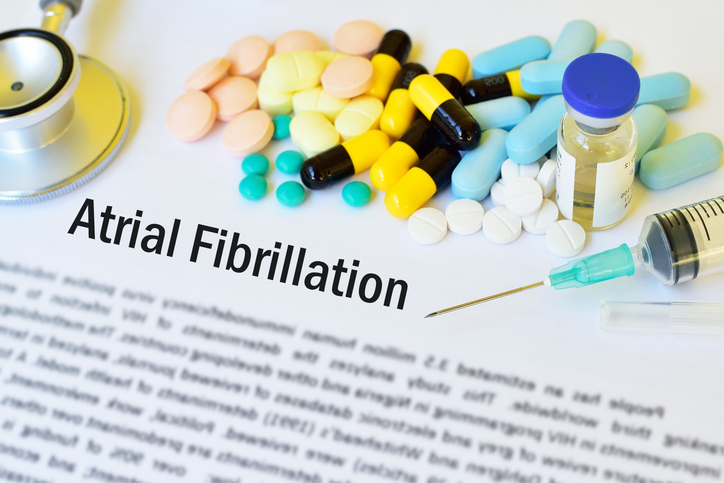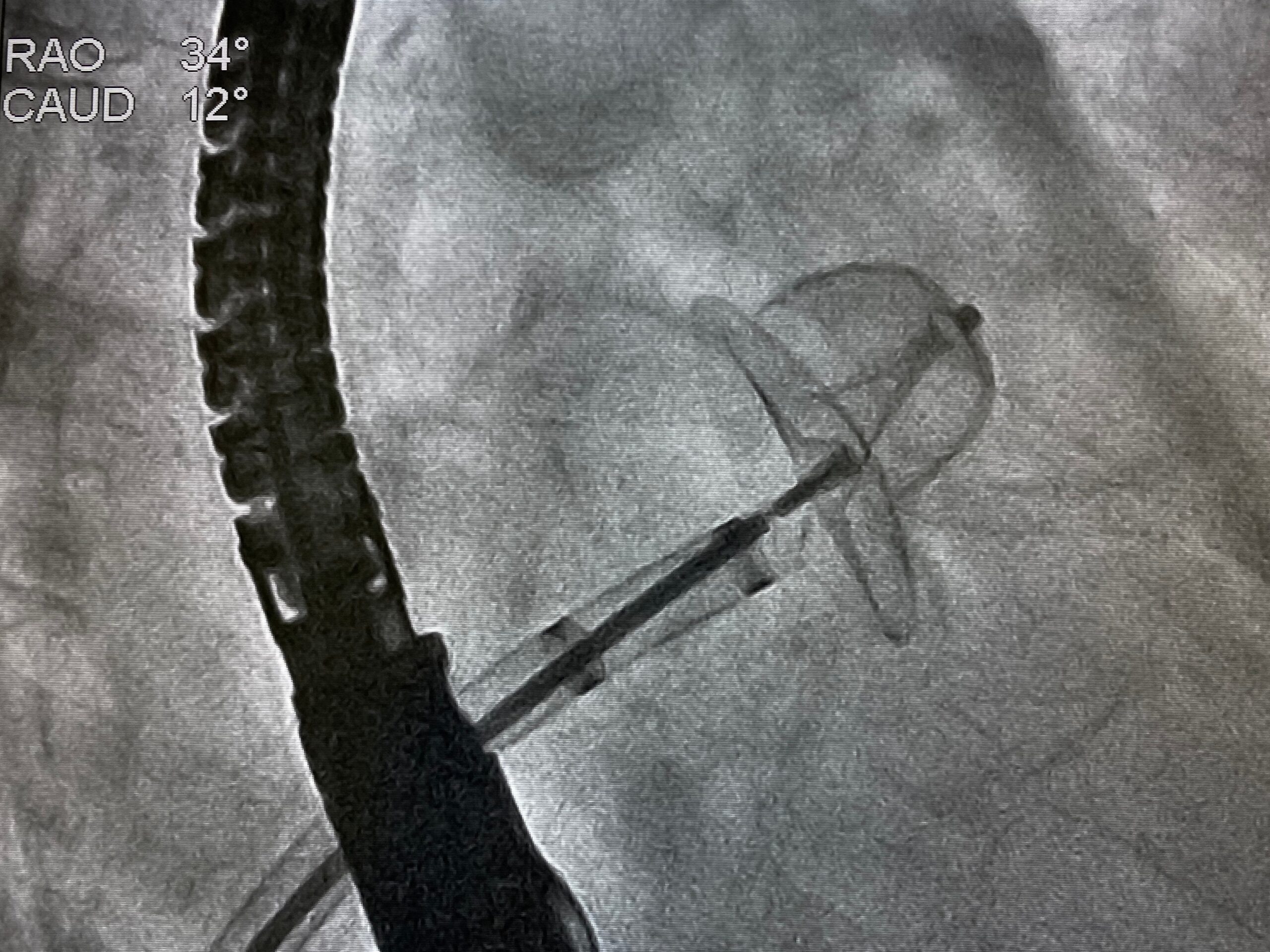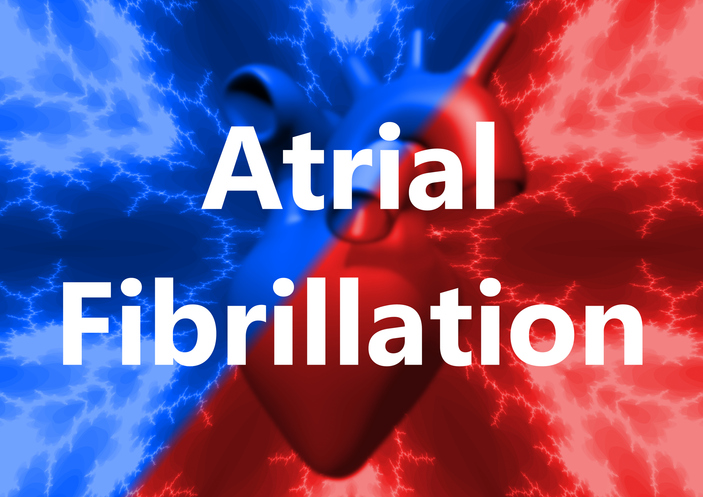
New evidence suggests that the temporal relationship between ischemic stroke and atrial fibrillation (AFib) goes both ways, and that the diagnosis of both disease increases the risk of mortality.
“Limited evidence is available on the temporal relationship between AFib and ischemic stroke and their impact on mortality in the community,” the researchers wrote in their rationale. “We sought to understand the temporal relationship of AFib and ischemic stroke and to determine the sequence of disease onset in relation to mortality.”
The authors looked at baseline cardiovascular risk factors across five community cohorts from the BiomarCARE project (n=100,132). Participants were followed up for ischemic stroke and AFib to determine the relationship between disease diagnosis and overall mortality. During median follow-up of 16.1 years, a total of 4,555 individuals were diagnosed with AFib alone, and 2,269 had ischemic strokes but no AFib. A total of 898 participants were diagnosed with both. According to their analysis, there was clustering of diagnoses for both disease in the years around the diagnosis of the other disease. A multivariable analysis revealed that the subsequent diagnosis of AFib after an ischemic stroke was linked with an increased mortality (HR=4.05; 95% CI, 2.17 to 7.54; P < 0.001). Also observed was an increase in mortality when an ischemic stroke was followed by a diagnosis of AFib (HR=3.08; 95% CI, 1.90 to 5.00; P <0.001).
“The temporal relations of ischemic stroke and AFib appear to be bidirectional,” the authors concluded. “Ischemic stroke may precede detection of AFib by years. The subsequent diagnosis of both diseases significantly increases mortality risk. Future research needs to investigate the common underlying systemic disease processes.”
The study was published in EP Europace.
egg chicken egg https://t.co/O9GW1zF6ov
— Ezequiel Zaidel (@EzequielZaidel) April 6, 2020
100K patients, 16 y of follow-up: AF may precede stroke but stroke may precede AF diagnosis too, but most often times, both diagnoses were clustered in a 30 day period. https://t.co/GDfLLlomkr
— Andreu Porta Sánchez (@aportasanchez) April 10, 2020







 © 2025 Mashup Media, LLC, a Formedics Property. All Rights Reserved.
© 2025 Mashup Media, LLC, a Formedics Property. All Rights Reserved.